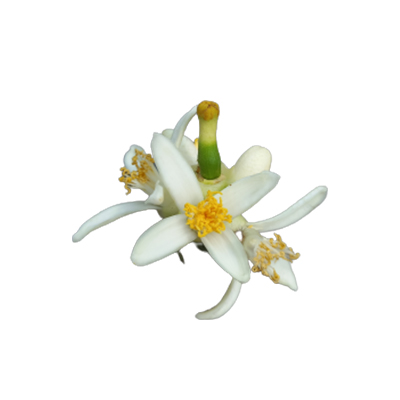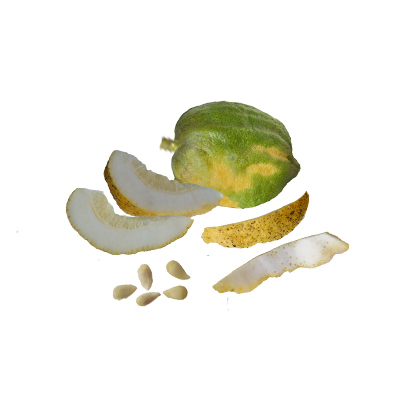Citron
Citrus medica L.
Rutaceae
Location in our garden
Orchard
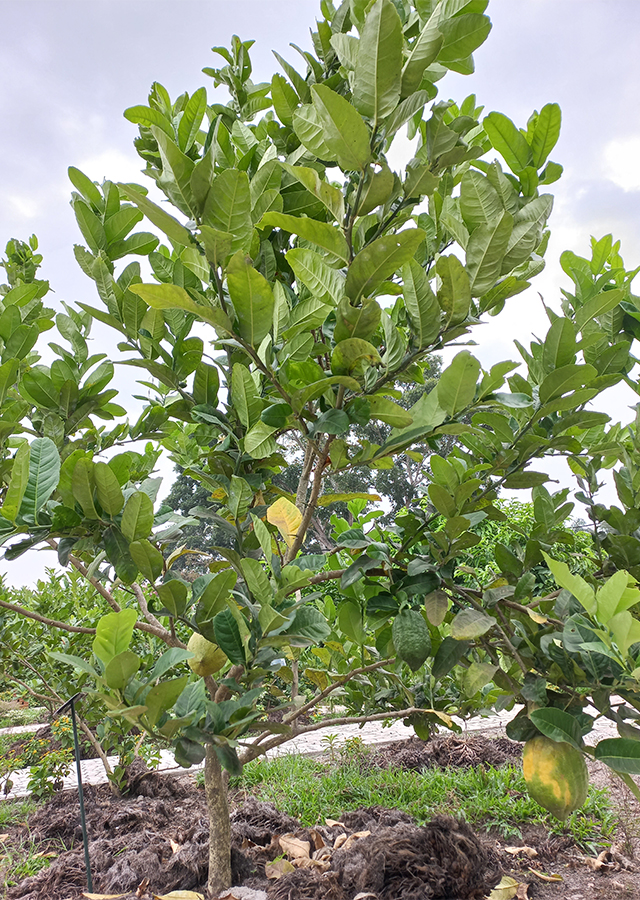
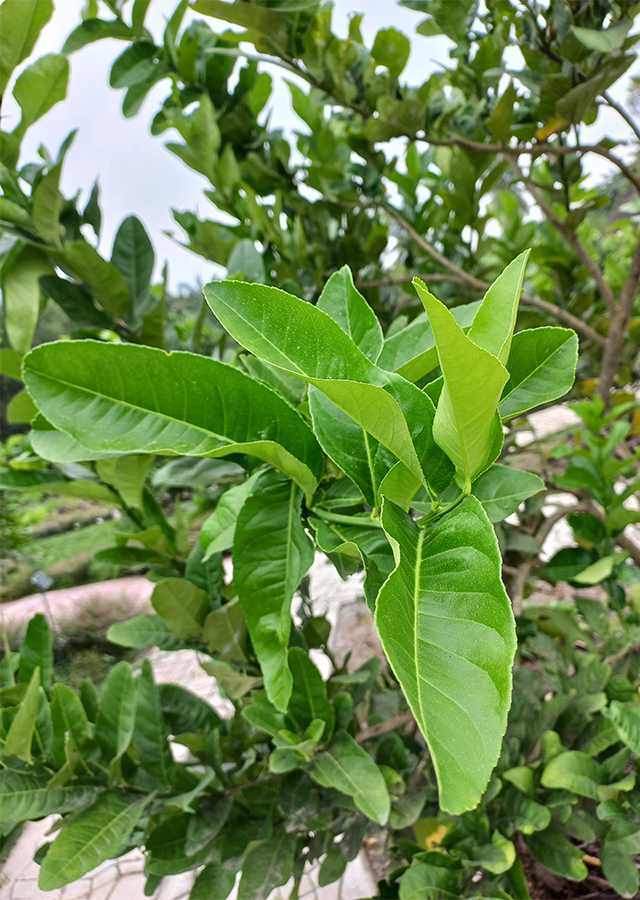
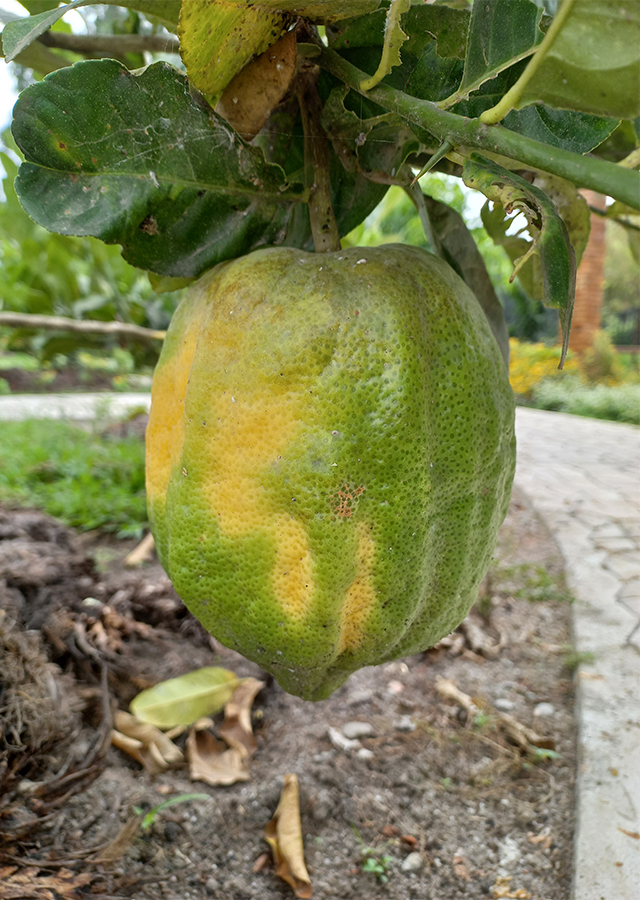
Synonym
Citrus medica var proper Hook.f.
Habitus
Shrubs. A straggly, evergreen shrub or small tree growing up to 4 m tall
Part Used
Leaves
Seeds
Flowers
Fruit
Rind
Roots
Stem
Growing Requirements
Full Sunshine
Habitat
Terrestrial
Overview
The plant is occasionally cultivated in the tropics, subtropics and warm temperate zones. The plant yields an edible fruit, though it is very acidic and is more commonly used as a flavouring. It also plays a role in the Jewish Feast of the Tabernacles. In the tropics, where a few fruits ripen throughout the year, the crop is more suited to home gardens than production in orchards. The plant is also sometimes grown as an ornamental.
Vernacular Names
Cidrero (Spanish), Cédratier (French), Cidreira (Portuguese), Zitronatzitronenbaum (German), Cedrato (Italian), Cederatboom (Dutch).
Agroecology
In the tropics, citron grows very well at elevations below 1,300 m. Prefers a deep, well-drained but moisture-retentive loamy soil in full sun. Prefers a pH in the range 6.5 - 7, tolerating 5.5 - 8. Prefers a position sheltered from strong winds.
Morphology
- Roots - taproot.
- Stems - brown, has thorny branches.
- Leaves - Large, oblong leaves have wavy leaf margins. The leaf blade bulges between the veins, creating a wrinkled surface.
- Flowers - white, star-shaped flowers are composed of about 7 narrow, linear petals and a cluster of long, white stamens.
- Fruits - Golden fruits have finger-like projections that resemble a hand (15-30 cm long). The fruit lacks pulp or seeds and is filled with a white, spongy tissue known as albedo. Immature fruits are purplish to dark brown.
Cultivation
- Propagated by seeds - best sown in containers as soon as it is ripe, after thoroughly rinsing it. Germination usually takes place within 2 - 3 weeks at 13°c.
- By cuttings of half-ripe wood in a frame. This species grows easily from cuttings. Citron is usually propagated by leafy cuttings taken from 2-4 year-old branches.
- By layering.
Chemical Constituents
Hesperidin, essential oil (D-limonene, 1,4-cyclohexadiene, nerol, β-myrcene, 2-β-pinene, α-pinene, 1,3,7-octatriene, citral, Z-citral).
Traditional Medicinal Uses
- The fresh shoots, leaves, flowers, fruits and seeds of citron have all entered into a number of traditional medicinal preparations for the treatment of asthma, arthritis, headache, stomach-ache, intestinal parasites.
- Decoctions of the roots are reportedly used to treat respiratory problems and backache in China.
- The fruits are used in the treatment of malaria, coughs and colds.
- The stem is used in febrifuge pills.
Part Used
Reference Sources
- Fern, Ken. Useful Tropical Plants. (2021). Citrus medica. http://tropical.theferns.info/viewtropical.php?id=Citrus+medica. 05-01-22.
- Cabi. Citrus medica. https://www.cabi.org/isc/datasheet/13457. 05-01-22.
- Flora & Fauna Web. Citrus medica. https://www.nparks.gov.sg/florafaunaweb/flora/5/2/5217. 05-01-22.



